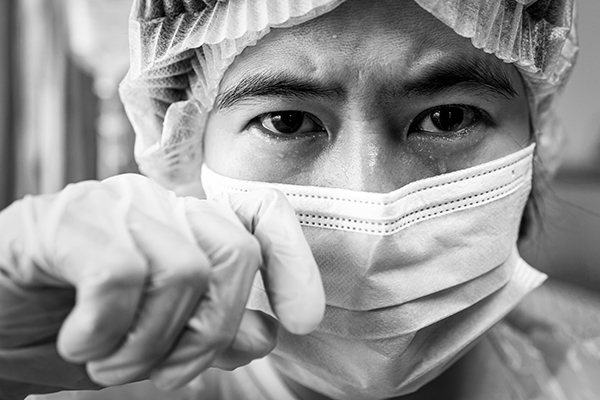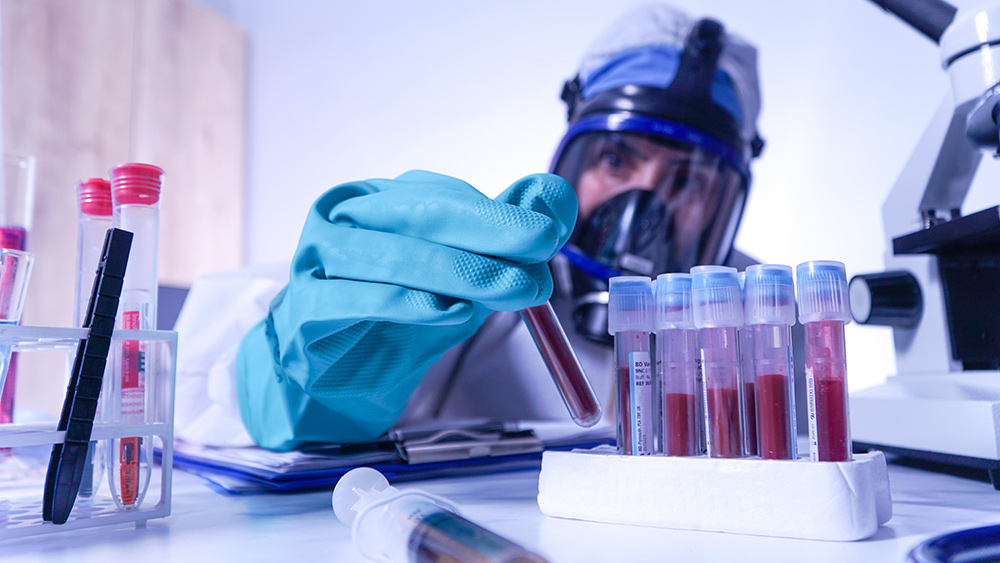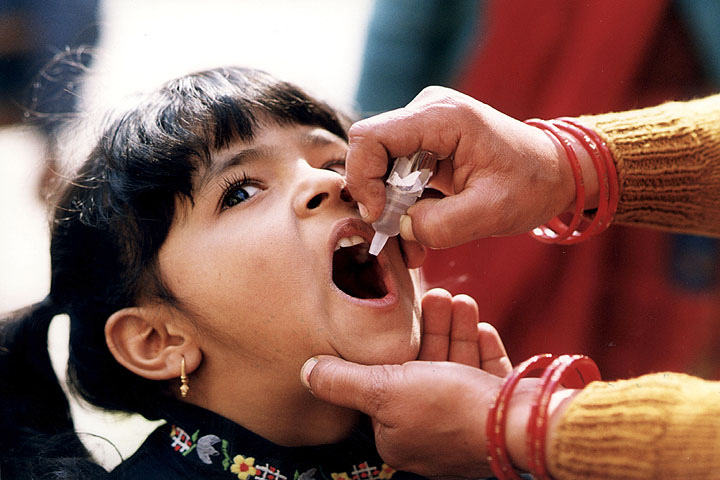Chinese scientists create COVID strain with 100% kill rate
01/25/2024 / By Kevin Hughes

Chinese researchers have been experimenting with a mutant Wuhan coronavirus (COVID-19) strain that is 100 percent fatal in mice despite concerns that such research could trigger another pandemic.
Scientists in Beijing, who are connected to the Chinese military, cloned a COVID-like virus discovered in pangolins, called GX_P2V, and used it to infect mice. The mice had been “humanized,” which means they were engineered to show a protein found in people, to determine how the virus might react in humans. (Related: Mysterious lab discovered in Fresno, Calif., “at least 20 potentially infectious agents” detected along with mice engineered to spread pandemics.)
Every mouse that was infected with the germ died within eight days, which the researchers reported as “surprisingly” fast. The team also detected high levels of viral load in the mice’s brains and eyes, indicating that the virus increases and spreads throughout the body.
Writing in a scientific paper that has not yet been released, they warned the discovery “underscores a spillover risk of GX_P2V into humans.”
This study does not appear to have any direct ties to the Wuhan Institute of Virology, which was the center of the lab leak that led to the 2020 COVID-19 pandemic. But it should be noted that this research was approved by the Institutional Animal Care and Use Committee of the Fifth Medical Center of the People’s Liberation Army General Hospital in Beijing.
Richard Ebright, a chemist at Rutgers University in New Brunswick, New Jersey, agreed with Balloux’s evaluation.
“The preprint does not specify the biosafety level and biosafety precautions used for the research. The absence of this information raises the concerning possibility that part or all of this research, like the research in Wuhan in 2016-2019 that likely caused the COVID-19 pandemic, recklessly was performed without the minimal biosafety containment and practices essential for research with a potential pandemic pathogens,” Ebright said.
Experts warn Chinese scientists to immediately stop new tests
Other experts have expressed their concern regarding the tests being done in China, and have demanded that any more research on this mutant strain must be halted at once before anything drastic occurs.
“It’s a terrible study, scientifically totally pointless. I can see nothing of vague interest that could be learned from force-infecting a weird breed of humanized mice with a random virus. Conversely, I could see how such stuff might go wrong,” Francois Balloux, an infectious disease expert based at University College London, wrote on X, formerly Twitter.
“This madness must be stopped before too late,” commented Dr. Gennadi Glinsky, a retired professor of medicine from Stanford University.
Other scientists have warned that there is a very high risk of the mutant virus spilling over into humans and escaping from the laboratories to create another wider outbreak like COVID-19. These scientists have stressed the need for more regulated investigations into the high pathogenicity mechanism of GX_P2V and its potential implications for human health.
Follow Infections.news for more news about COVID-19.
Watch the video below to know more about Justin Barclay’s commentary on the latest COVID strain with a 100 percent kill rate in mice.
This video is from the Justin Barclay channel on Brighteon.com.
More related articles:
“Experts” say new COVID strain will cause global “heart failure pandemic.”
New Arcturus strain of COVID-19 RESISTS antibodies, spreads rapidly across many countries.
Sources include:
Submit a correction >>
Tagged Under:
big government, biological weapons, biotechnology, bioterrorism, biowar, biowarfare, China, coronavirus, COVID, Dangerous, evil, genetic lunacy, GX_P2V, infections, insanity, medical experiments, national security, outbreak, pandemic, Plague, research, SARS-CoV-2, science deception, science fraud
This article may contain statements that reflect the opinion of the author
RECENT NEWS & ARTICLES
Infections.News is a fact-based public education website published by Infections News Features, LLC.
All content copyright © 2018 by Infections News Features, LLC.
Contact Us with Tips or Corrections
All trademarks, registered trademarks and servicemarks mentioned on this site are the property of their respective owners.



















